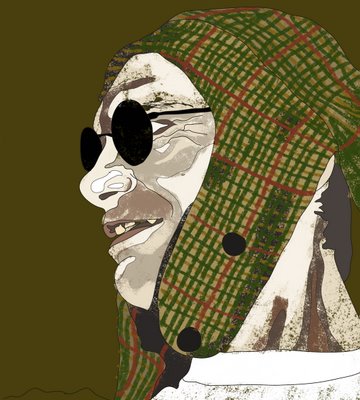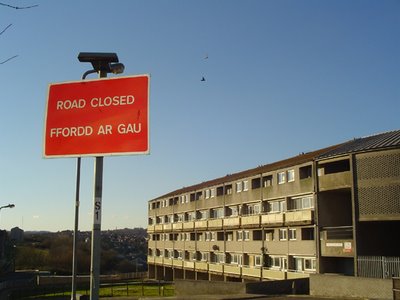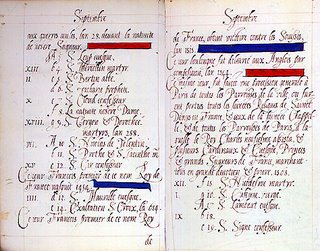For the Illustrations:
(!) Character Assassinations (!)
Prince Charming:
By anyone’s standards a rather despicable character. Bigamist, Rapist and as the name overtly suggests rather a charmer. I want to depict a rather slimy, man about town, larger lout.

Queen Mother:
I’ve gone for an older woman, mainly due to her taking so long to get pregnant as well as using spells to conceive. Rather drab, grey spiteful women who lacks life and vitality. Main interest is reading Mills and Boom- plans to write one.

King/ Lord:
Again I’ve opted for an older man. I’m thinking much more approachable in mannerisms, loud and pompous with an almost manic, drunken smiling expression. I think he’s verging on alcoholic and narcotic tendencies, as well as having a Freudian view of his daughter.
Sleeping Beauty + Thalia:
A bit of a slut even aged 13, virginity still in tact doubtful. Brassy, loud, spoilt and beautiful in a cheap kind of way, lots of red lipstick. Sexual to the extreme, manipulator and strangely large thighs….
Evil Fairy:
An ancient, arthritic, hacking hag could be three hundred or nine hundred. A 50 a day habit and skin to match. Preferred drink is Gin. Good sense of humour. On benefits, makes a bit of money on the side organizing Frog racing.
Good fairy:
Very slight, elfish, rather plain- nothing to write home about. Middle to late twenties, a terrible suck up with an irritating high pitched soprano voice. She blends into the background and has terrible clothes sense.
Children/ Sun and Moon:
Over-weight children, rather charming and boisterous.
Evil Wife/ Step-mother:
Evil which is what one imagines! Thin lipped, common in appearance- lots of nylon, smokes thin cigars and addicted to valium.





















